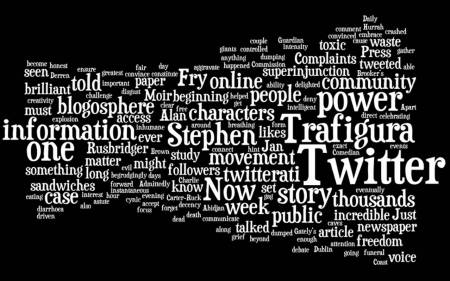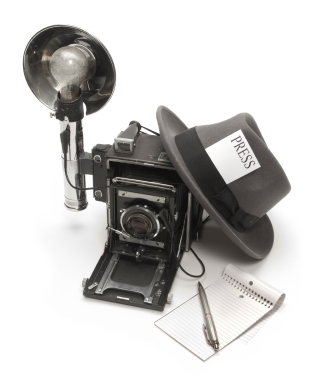Rupert Murdoch has a special knack of provoking debate. One of the more recent furores follows his proposals of charging for news content online and preventing stories being linked to by sites like Google.
“Quality journalism is not cheap,” Murdoch said, “and an industry that gives away its content is simply cannibalizing its ability to produce good reporting.”
Sure, the money’s got to come from somewhere. But is it as simple as this?
Rob Andrews from Paid Content raised some interesting points in a recent lecture at Cardiff Journalism School. Should publishers charge? he asked. The business press he argued probably could. B2B magazines and specialist press (for example Farmers Weekly) have such niche information they probably could get away with charging too. “Where else would you get that information?”
But what about general consumer news? What makes normal news organisations so special that people would pay for the information they provide?
Murdoch’s answer: “Just make our content better and differentiate it from other people.”
This, Andrews suggests, is the stumbling block.
Local papers have started to branch into the realm of paywalls. Johnston Press believes that paywalls are the “sustainable business model going forward“.
Rob Andrew calls this ‘suicide’. He believes it’s too short term in its scope. It is possible that local papers might make some money if the content provided is so specialised/localised that people cannot get content elsewhere. But, as a long term solution, it simply isn’t tenable.
Recent findings in a PCUK/Harris Interactive poll found that only 5% of consumers would be willing to pay for online news… even if it was their favourite news site.
If consumers’ favourite news site began charging for access to content, three quarters of people would simply switch to an alternative free news source.
Only five percent would choose to pay to continue reading the site. And eight percent would continue reading the site’s free headlines only.
So, how much would people spend on online content? The findings of the PCUK/Harris Interactive poll suggest consumers are unwilling to pay more than the bare minimum for their online content.
 Just over 70% of news consumers said the maximum amount they would pay for an annual subscription is £10. Compare this to the annual seven day Guardian/Observer package, which costs just under £310.
Just over 70% of news consumers said the maximum amount they would pay for an annual subscription is £10. Compare this to the annual seven day Guardian/Observer package, which costs just under £310.
And for those who prefer to pay per day, 71% would not pay more than 25p. Again, compare this to The Times weekday cover price of 90p!
It would seem therefore that people put limited value on online content. No longer does the butler iron our crisp newspaper to arrive with the toast and kedgeree every morning, but it seems that the inky feel of an actual paper between the fingers is worth the extra cost… if we have to pay. “If I’m going to pay, I want something to show for it.”
It seems we have reached the point of no return. As The Guardian put it: “By choosing not to charge readers when they first got online, news publishers let the free genie out of the bottle – and it can’t easily be put back.”
What’s needed now is a new model. But, conveniently, it’s late and my inspiration is starting to run out…
Any ideas?










